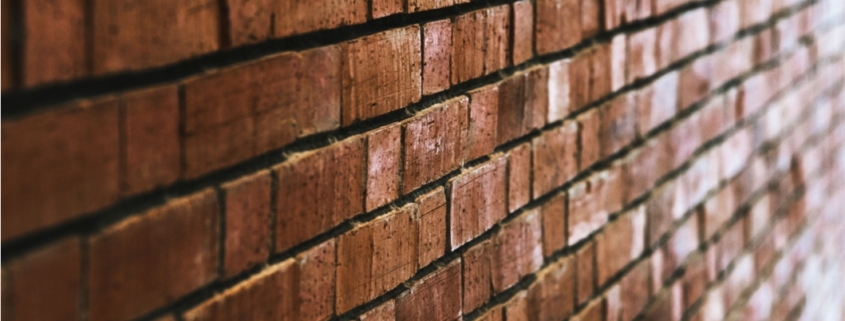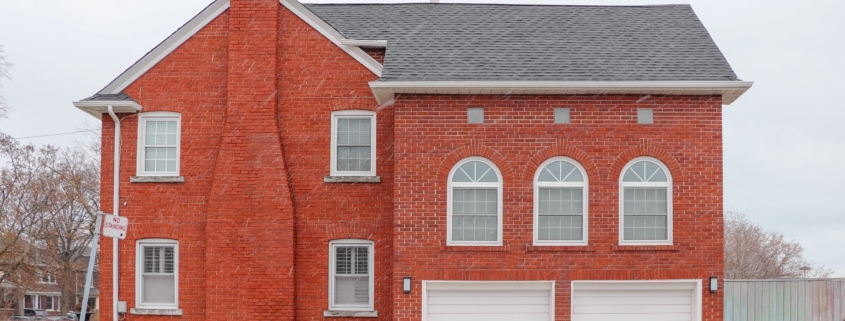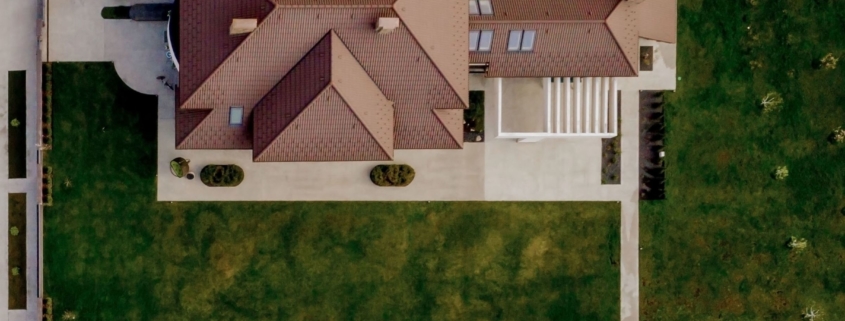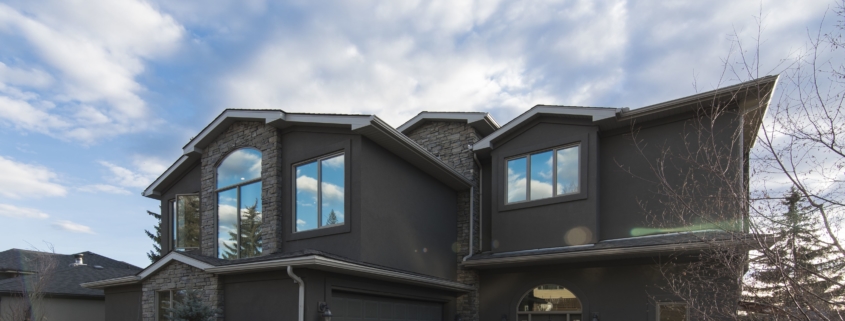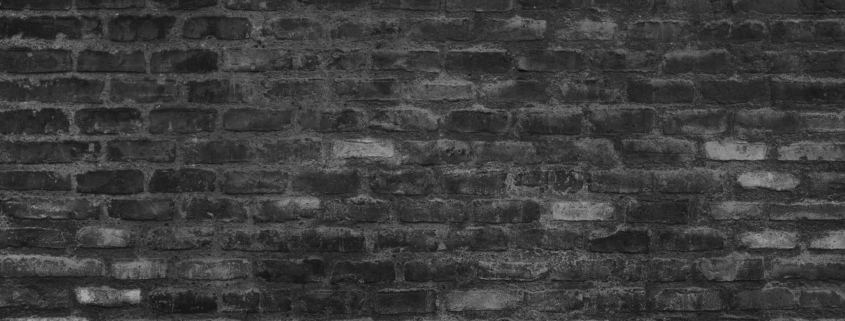Masonry is a timeless construction method that’s been used all over the world. Masonry is defined by the materials used to build a structure—usually bricks, stones, or concrete blocks connected by a cement paste called mortar.
If you look at some of the oldest structures in your area, you will be able to find centuries-old structures built through masonry. When constructed correctly, reinforced masonry can withstand extreme weather conditions and even earthquakes.
Two Main Types of Masonry
There are two major types of masonry that you should familiarize yourself with if you’re looking to have some work done on your home. Here is a brief breakdown of each one:
- Veneer Masonry
This is the most common type of masonry used today. It’s a cost-effective method that provides good insulation for a new home or even a remodel. Classic wood frames are built to make up the walls. They are then covered with sheathing and insulated before the brick is installed.
Metal ties are nailed into the wood frame’s studs, bent, and then embedded into the mortar as the bricks are laid down. To provide insulation for the structure, one inch of space is left between the brick veneer and the external sheathing.
- Solid Brick Masonry
This type of masonry was much more common 50 years ago, but it fell off once regulations required insulation to be built into house structures. A solid masonry wall consists of two brick-moulded layers, making them the most long-lasting and durable type of masonry structure found today.
As the brick walls are built, there is a greater risk of separation between the two layers of bricks. Header bricks are installed every six rows to act as a bridge and hold the layers together as the structure gets higher and higher.
Materials Used in Masonry
By definition, masonry structures are made from brick, stone, and concrete blocks that are held together by mortar. Common masonry materials include:
Brick – This is the most popular choice for masonry because of the aesthetic appeal of its unique maroon shade. Brick is made out of clay, sand, water, and lime that gets baked and shaped. Brick structures last for hundreds of years, remaining stylish over several generations. They can hold up very well in just about any climate.
Concrete – Concrete blocks are much larger than bricks, so laying them down takes much less time and manpower, making them more affordable. Concrete is also more fire-resistant than brick. Concrete blocks are formed in various shapes and sizes, so there is a greater versatility if you choose this option.
Stone – Stone structures are known to last over 1,000 years. Stone does not dent, warp, or splinter in the face of hail, sleet, snow, and rain. In stone masonry, you can choose between dressed or undressed stone. Dressed stone can be shaped in any pattern or size that you want. Undressed or rough stone provides a natural aesthetic when laid.
Conclusion
Masonry structures stand the test of time. Whether you’re using masonry for your foundation, walls, chimneys, inside or outside of your home, you need a highly experienced, trusted masonry company to plan, build, restore, or repair these structures for you. They will have the valuable advice you need when it comes to choosing between masonry methods and materials.
Are you looking for masonry services in Toronto? Red Robin Masonry has been serving the area for over 30 years. Our masons are knowledgeable, experienced, and properly trained in providing clients with exceptional quality of service and product. Request a quote from us today!

